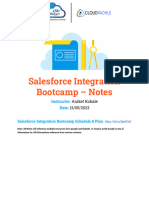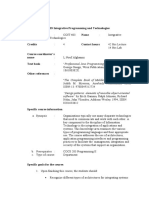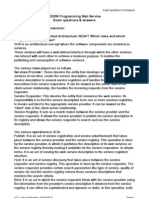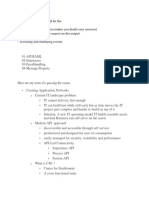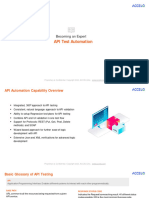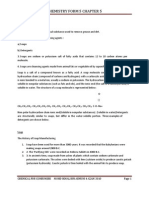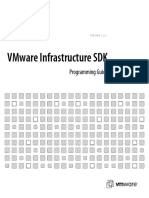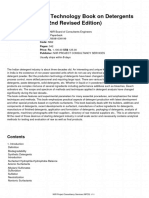0% found this document useful (0 votes)
4 views14 pagesIT322 Study Guide
The IT322 Study Guide covers key concepts in integrative programming, including integration benefits and challenges, database connectivity, REST and SOAP API design, documentation, and testing. It outlines best practices and essential principles for effective integration and API management. The guide also includes study questions for each module to aid in exam preparation.
Uploaded by
Jhusthine ElloCopyright
© © All Rights Reserved
We take content rights seriously. If you suspect this is your content, claim it here.
Available Formats
Download as PDF, TXT or read online on Scribd
0% found this document useful (0 votes)
4 views14 pagesIT322 Study Guide
The IT322 Study Guide covers key concepts in integrative programming, including integration benefits and challenges, database connectivity, REST and SOAP API design, documentation, and testing. It outlines best practices and essential principles for effective integration and API management. The guide also includes study questions for each module to aid in exam preparation.
Uploaded by
Jhusthine ElloCopyright
© © All Rights Reserved
We take content rights seriously. If you suspect this is your content, claim it here.
Available Formats
Download as PDF, TXT or read online on Scribd
/ 14







